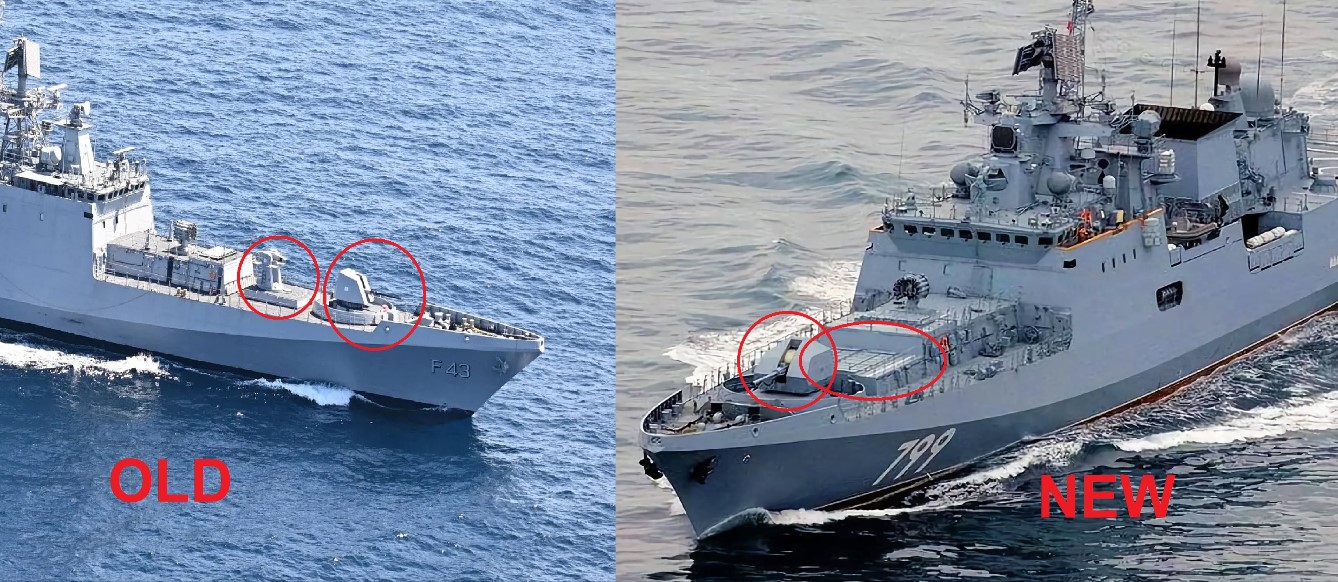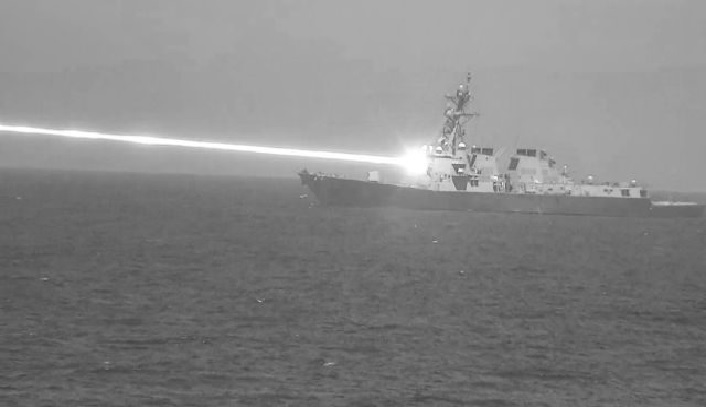Indian Navy’s New Talwar-Class Frigates Receive New Firepower and Enhanced Capabilities

The Indian Navy is stepping up its game with a major upgrade to its Talwar-class frigates, ensuring these warships stay ahead in modern naval warfare. The enhancements include the addition of the A-192M Naval Gun and the adoption of a Vertical Launch System (VLS) for the Shtil-1 Air Defense (AD) system. These upgrades bring significant improvements in both firepower and defensive capabilities, bolstering the Navy's strategic edge.
A-192M Naval Gun: A Precision Weapon for Modern Warfare
The A-192M Naval Gun replaces the earlier A-190E model on the Talwar-class frigates. Known for its deployment on advanced Russian Admiral Gorshkov-class frigates, the A-192M is a next-generation weapon designed to engage both surface and aerial targets effectively.
Key specifications of the A-192M Naval Gun:
- Caliber: 130 mm
- Maximum Range: Over 23 kilometers for surface targets, with high accuracy.
- Rate of Fire: Up to 30 rounds per minute.
- Stealth Design: The gun's housing reduces its radar cross-section, aligning with the stealth profile of the frigates.
This upgrade enhances the frigate's offensive capabilities, allowing it to tackle enemy warships, aircraft, and even land-based targets with precision. Additionally, the stealth-friendly design of the A-192M ensures minimal radar detection, a crucial factor in modern naval engagements.
Vertical Launch System: Revolutionizing Air Defense
The shift from a twin-arm launcher to a Vertical Launch System (VLS) for the Shtil-1 Air Defense system represents a transformative step in the frigates' defensive strategy. The VLS configuration offers a range of benefits that enhance the ship’s ability to counter aerial threats effectively.
Key Advantages of the VLS System:
- Increased Missile Capacity: The VLS allows the storage and launch of a larger number of missiles compared to traditional systems.
- Faster Reload Times: Quick reloading ensures the frigates remain battle-ready during prolonged engagements.
- Improved Stealth Features: By eliminating protruding structures, the VLS contributes to the frigate's reduced radar cross-section.
- Flexibility in Missile Integration: The system supports multiple missile types, such as Vertical Launch Short-Range Air-to-Air Missiles (VLSRAAM) and Medium-Range Surface-to-Air Missiles (MRSAM), enabling layered defense against a wide array of threats.
The Shtil-1 system itself is a proven asset in naval defense, capable of neutralizing incoming missiles, aircraft, and other aerial threats at ranges exceeding 50 kilometers. The VLS enhances its effectiveness by allowing rapid, multi-directional deployment of missiles.
The Future of Talwar-Class Frigates
These upgrades align the Talwar-class frigates with the Navy's broader strategy to modernize its fleet. With enhanced firepower, improved stealth, and advanced air defense capabilities, these frigates are now better equipped to handle the challenges of 21st-century naval warfare.
The Indian Navy’s focus on upgrading its existing fleet instead of solely relying on new acquisitions demonstrates a pragmatic approach to maintaining combat readiness. As these frigates integrate these advanced systems, they not only bolster the Navy’s operational capabilities but also send a strong signal of India’s growing maritime power.
This modernization effort is part of a larger vision to safeguard India's maritime interests and enhance its presence in the Indo-Pacific region, where strategic challenges are constantly evolving.



